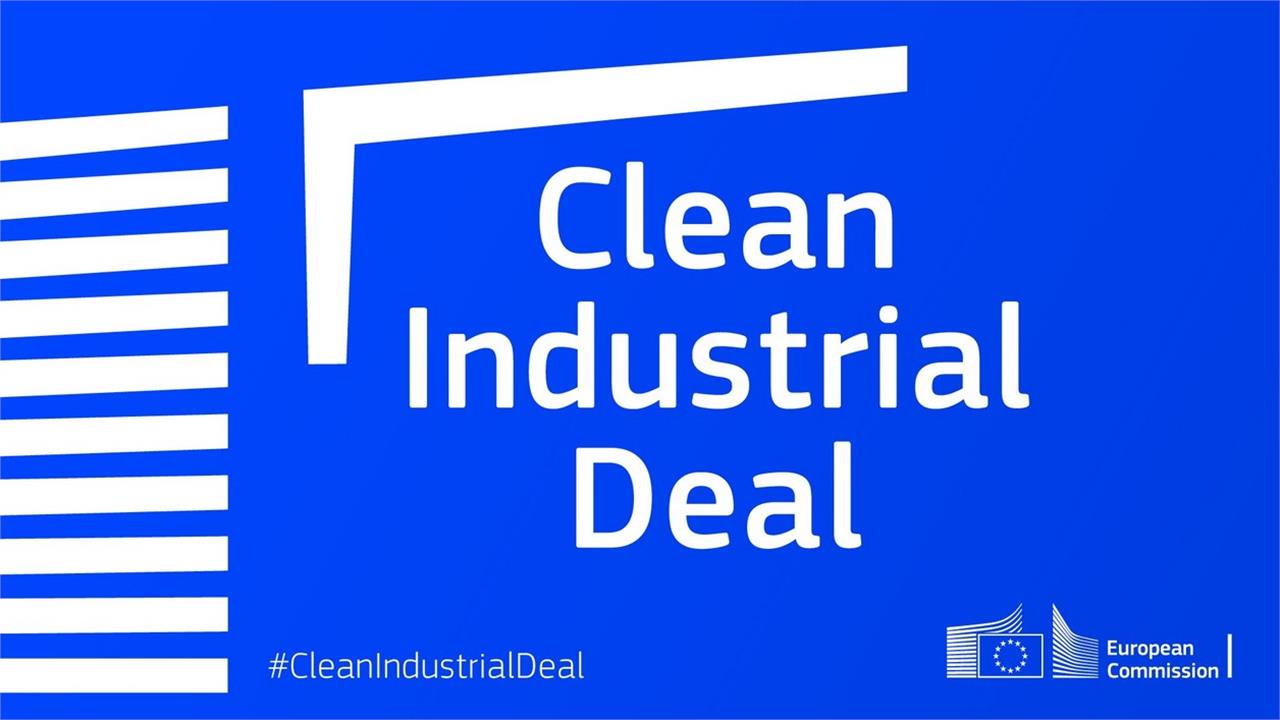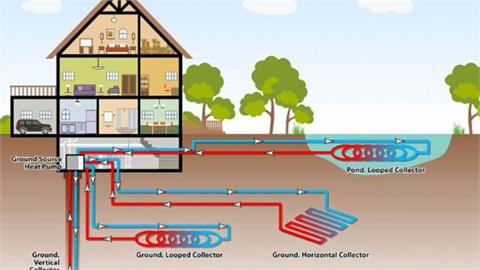On February 26, 2025, the European Commission proposed to make €100 billion available to support EU-made clean manufacturing along with measures to lower power bills. The EU Clean Industrial Deal, as it is known, aims to provide support for energy-hungry industries that face “high energy costs, unfair global competition and complex regulations”, while also boosting the clean-tech sector. The Deal aims to accelerate decarbonisation, while securing the future of manufacturing in Europe.
The current Analysis, which is available here, examines in detail the Clean Industrial Deal, attempting to shed light on the necessary actions that need to be taken in order to support the competitiveness and resilience of energy-intensive industries and clean tech, focusing also in the impacts on the industrial and energy sectors in (SE) Europe.
The Clean Industrial Deal and the Action Plan for Affordable Energy are significant steps towards achieving a sustainable, secure and competitive energy future for Europe. Although EC planners appear convinced that the Clean Industrial Deal will play a crucial role in driving the decarbonisation of Europe’s industrial sector, thereby contributing to the EU’s climate goals, industries and enterprises throughout Europe say that this will drive energy prices even higher. The Action Plan for Affordable Energy, on the other hand, promises to make energy more affordable (i.e. less expensive) for all European citizens and industries, in particular by lowering energy bills and accelerating the roll-out of clean energy and electrification, while ensuring that no one is left behind in this transition.
However, there are some urgent issues that need to be clarified, as the European industry is still trying to decipher both documents. The success of the Clean Industrial Deal hinges on the close cooperation between industry and policymakers. While businesses will need to take the lead in the transition, they will rely on clear incentives and regulatory certainty to make long-term investments. Equal commitment and a shared vision between the national and EU levels will be essential to aligning security, competitiveness, and sustainability to deliver a durable, clean industrial revolution in Europe. However, such shared vision is at present totally lacking.




